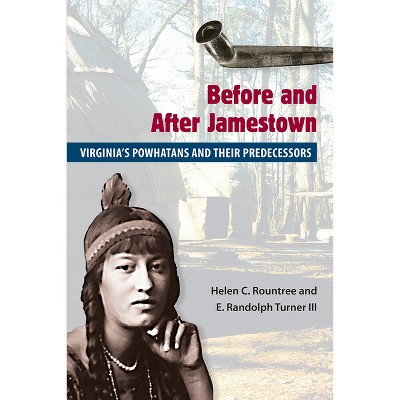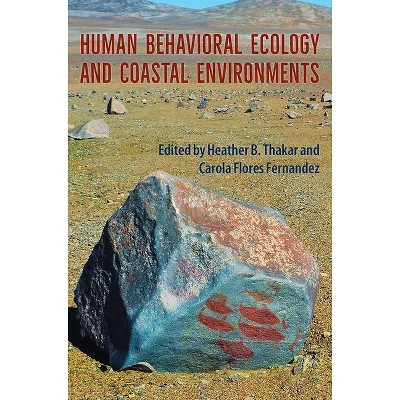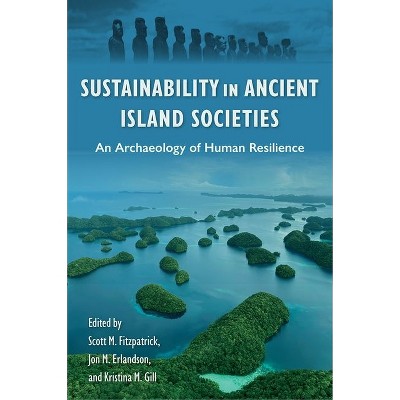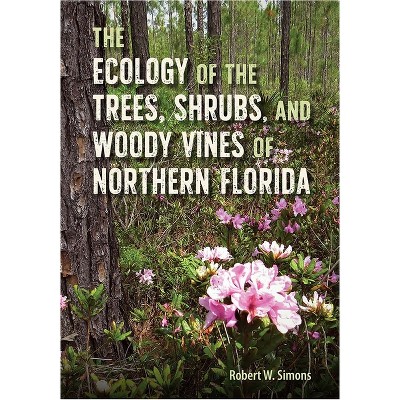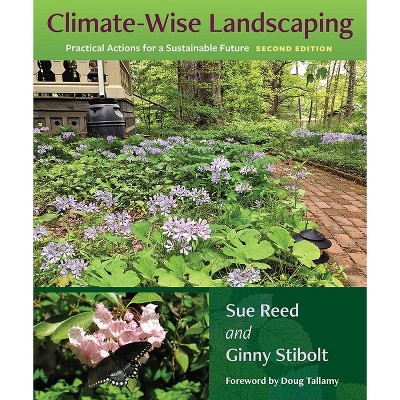Sponsored

Fire Ecology of Florida and the Southeastern Coastal Plain - by Reed F Noss
In Stock
Sponsored
About this item
Highlights
- A biodiversity hotspot, Florida is home to many ecosystems and species that depend on frequent fire to exist.
- About the Author: Reed F. Noss is the former Provost's Distinguished Research Professor of Conservation Biology at the University of Central Florida.
- 336 Pages
- History, United States
Description
About the Book
A biodiversity hotspot, Florida is home to many ecosystems and speciesthat depend on frequent fire to exist. In this book, Reed Noss discusses
the essential role of fire in generating biodiversity and offers best
practices for using fire to keep the region's ecosystems healthy and
resilient.
Book Synopsis
A biodiversity hotspot, Florida is home to many ecosystems and species that depend on frequent fire to exist. In this book, Reed Noss discusses the essential role of fire in generating biodiversity and offers best practices for using fire to keep the region's ecosystems healthy and resilient.
Reviewing fossil evidence, Noss shows that fire has been important to the Southeastern Coastal Plain for tens of millions of years. He explains how the region's natural fire patterns are connected to its climate, high rate of lightning strikes, physical chemistry, and vegetation. But urbanization has recently reduced the frequency and range of these fires in profound ways. Noss believes the practice of controlled burns can and should be improved in order to protect fire-dependent species from extinction.
Noss argues that fire managers should mimic the natural fire regimes of an area when conducting controlled burns. Based on what the species of the Southeast experienced during their evolutionary histories, he makes recommendations about pyrodiversity, how often and in what seasons to burn, the optimal heterogeneity of burns, mechanical treatments such as cutting and roller-chopping, and the proper use of fuel breaks. In doing so, Noss is the first to apply the new discipline of evolutionary fire ecology to a specific region.
This book is a fascinating history of fire ecology in Florida, an enlightening look at why fire matters to the region, and a necessary resource for conservationists and fire managers in the state and surrounding areas.
Review Quotes
"A
major contribution to ecology studies and fire science. . . . Essential."--Choice "A
work that will benefit not only land managers and policy makers, but all
wildlife biologists, foresters, botanists and others who seek to ensure special
places remain that way."--Wildfire Magazine "Simultaneously
serves as a roadmap for practicing scientists and managers and as an accessible
primer for lay naturalists; it should be read by any person with an interest in
fire ecology." --Journal of Wildlife Management "Tackles
many aspects of fire in the past, present, and future, within an exceedingly
fire-prone and biologically diverse region."--Bulletin of the Ecological
Society of America "Invaluable
to land managers across the country, as all these principles apply to natural
communities and fire-dependent species, regardless of geographic location."--Natural
Areas Journal
About the Author
Reed F. Noss is the former Provost's Distinguished Research Professor of Conservation Biology at the University of Central Florida. He is the author of several books, including Forgotten Grasslands of the South: Natural History and Conservation.





